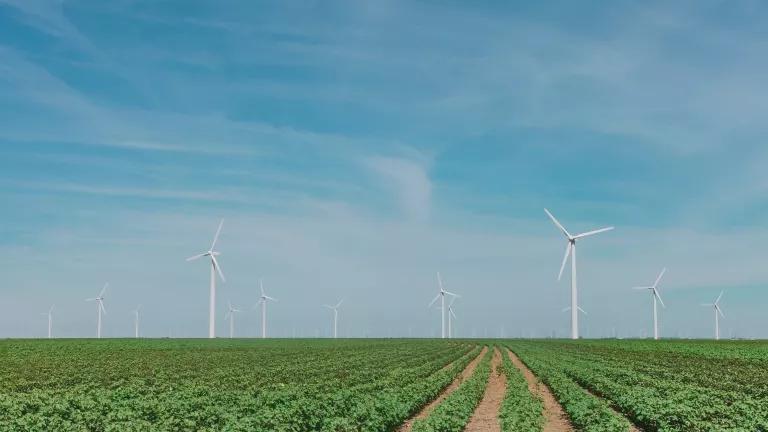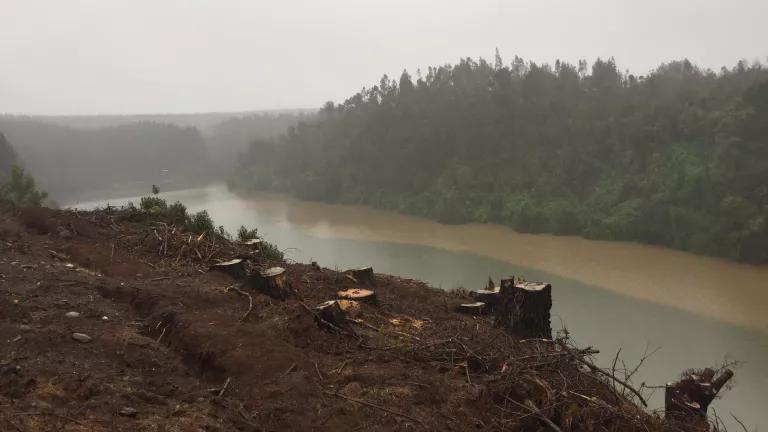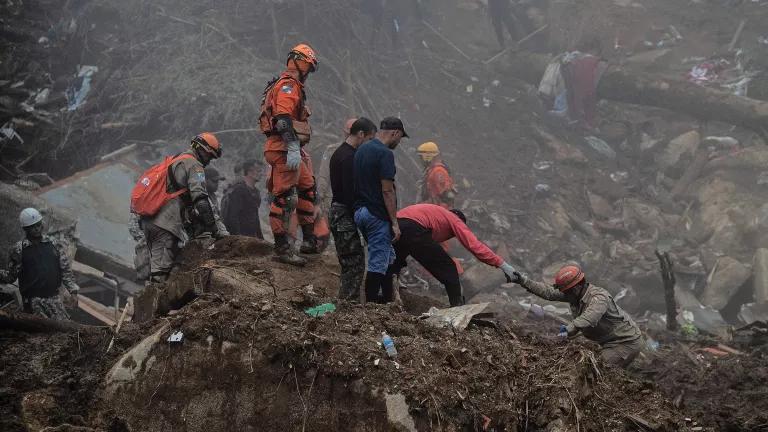California Enacts Major Utility Wildfire Reforms
The California Legislature today overwhelmingly approved a sweeping measure that responds to the catastrophic wildfires over the past two years that took 139 lives, reduced the town of Paradise to ashes, caused more than $36 billion in damages, and left the country’s largest utility—Pacific Gas & Electric Co. (PG&E)—in bankruptcy. The bipartisan bill, crafted and championed by Governor Gavin Newsom and his staff, received two-thirds support in each chamber, allowing it to take effect immediately as an urgency measure once the governor signs it.
While Assembly Bill 1054 leaves critical reforms unaddressed, it is a vast improvement over the status quo, which is failing victims, utility customers, workers, and our clean energy agenda in equal measure. The bill includes several new measures grouped around the following objectives:
- Safety – the bill includes a $5 billion down payment on fire risk mitigation from the investor-owned utilities (IOUs) that they cannot earn a profit on, and establishes a Wildfire Safety Advisory Board to advise and make recommendations to a Wildfire Safety division at the California Public Utilities Commission (CPUC) until 2021, when those functions transfer over to the new Office of Energy Infrastructure Safety at the Natural Resources Agency (in a companion bill, SB 111).
- Accountability – the bill ties utilities’ executive compensation to annual safety performance, backed by on-the-ground audits; increases the CPUC’s penalty authority; requires the IOUs to hold a valid safety certification from the CPUC before earning a presumption of prudence in determining cost recovery, consistent with the standard employed by the Federal Energy Regulatory Commission; and places conditions on PG&E’s bankruptcy reorganization plan, including resolving all its liabilities to past fire victims and requiring consistency with California’s climate and renewable energy standards.
- Stability – the legislation establishes a $21 billion claims-paying fund to provide fast relief to future victims of catastrophic fires, seeded half by shareholder contributions and half by customers. The bill affords the IOUs (save for PG&E) the option of selecting a smaller liquidity-only fund, which would keep the current prudent manager standard in place, but the IOUs have signaled to the governor’s office they intend to opt for the larger fund. With the ability to purchase reinsurance, caps on subrogation claims, deductibles and other factors, the governor’s office estimates the fund will be able to capitalize $40 billion in claims-paying capacity, which they project should be enough to cover losses over the next 10 to 15 years.
Without these reforms, wildfire victims will continue to face uncertainty and delays in seeking recovery, electricity costs will skyrocket (hamstringing our ability to electrify vehicles and buildings with clean energy), and our state’s largest investors in clean energy will tip further into insolvency.
Don’t just socialize the risk—make it smaller
But there is still much more to do. As SB 901 Commission on Catastrophic Wildfire Cost and Recovery concluded, to protect ratepayers the Legislature should replace California’s uniquely dysfunctional strict liability rules for utilities with fault-based standards, like those in almost every other state (and those that California applies to its flood control districts). That will ensure wildfire damages are equitably shared, as opposed to relying exclusively on utilities and their customers to compensate victims whenever utility-owned equipment is involved, regardless of who else was responsible and to what degree.
And while the measures in AB 1054 can provide a bridge to managing wildfire costs in the “new abnormal” era of climate change, long-term solutions must focus on reducing the underlying risk. That will require a series of reforms to fire-harden homes, businesses and infrastructure to make them more resilient; to responsibly manage vegetation and development in the Wildland Urban Interface (WUI); and to deploy more clean, distributed energy resources that can keep the lights on when power lines are deenergized during high fire risk events.
Ultimately, those too will be for naught if we don’t slow, stop, and reverse the buildup of greenhouse gases in the atmosphere that is making everything hotter, less predictable, and more combustible. That’s why it is critical that utilities remain fiscally solvent to invest in programs like energy efficiency that reduce our energy consumption and associated climate-warming pollution.
Paradise Lost
Like so many Californians my own family’s story is wrapped up in this bill. I spent summers growing up at my grandfather’s house in Paradise, racing my cousins on our bikes down the Trailway that snakes alongside Skyway road. While my grandfather was fortunate to survive the Camp Fire, his spirit may not have. Already in poor health, he spent his final months in an Airbnb in Yuba City, displaced from his home and community of nearly 30 years. This bill cannot atone for the devastation of that terrible day, but I hope it affords the surviving victims some overdue relief. My family will return to Paradise on July 27 to say goodbye to him, home at last.


